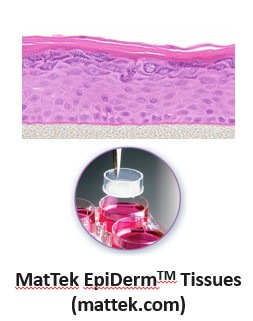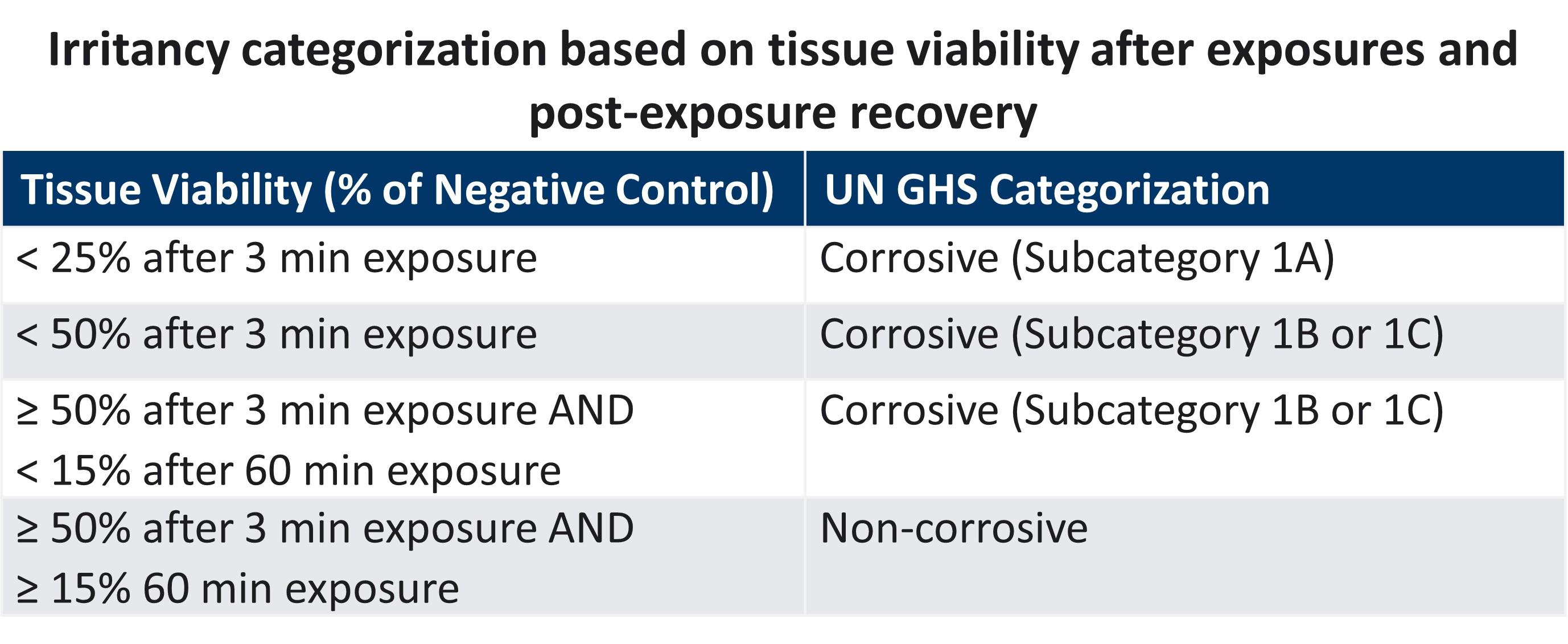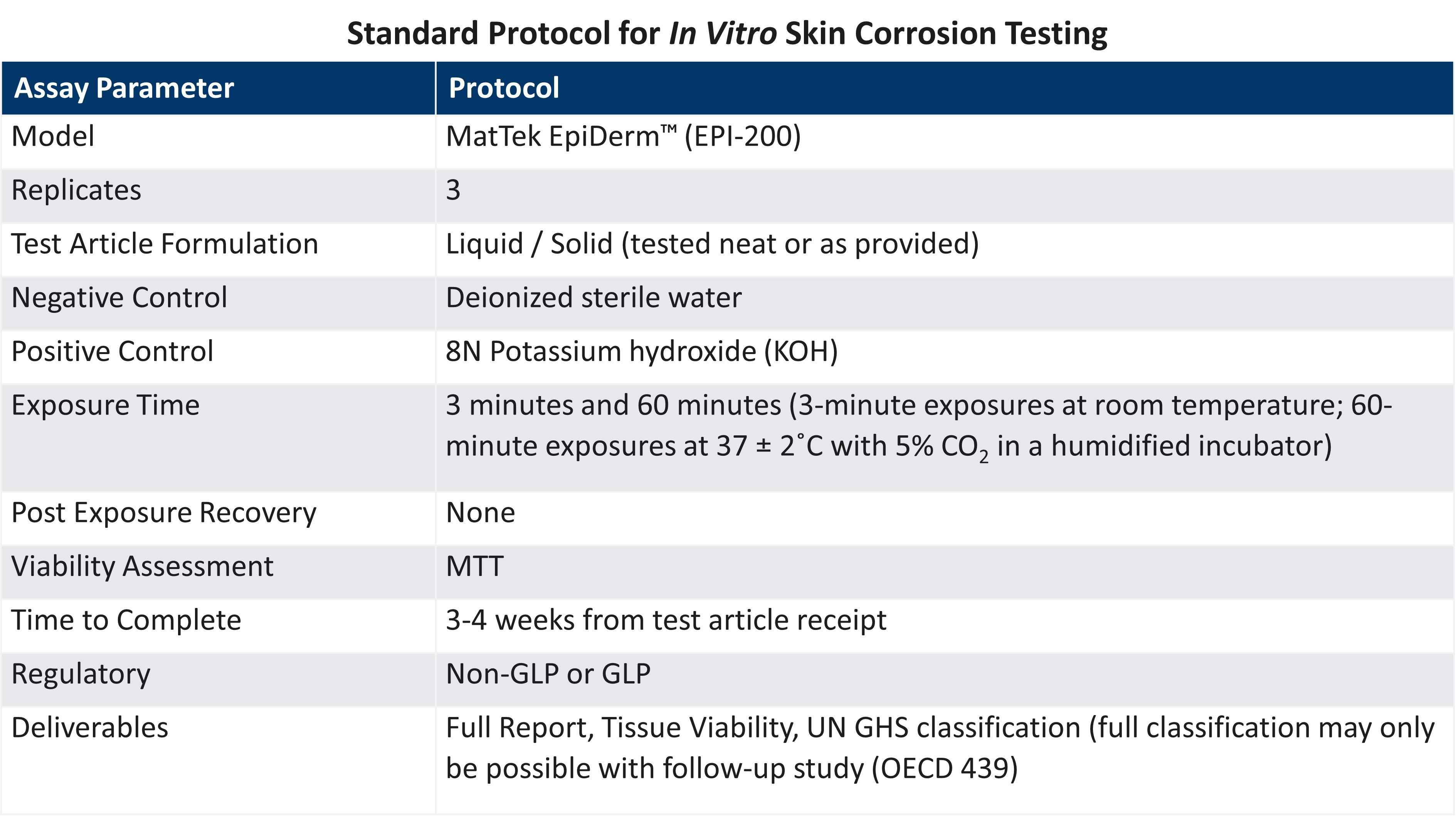In Vitro Dermal Corrosion Assay

Assessing the risk of dermal corrosion, or the production of irreversible damage of the skin following the exposure to a substance or mixture, is a primary consideration in determining the safety of topical drugs, chemicals or cosmetics as well as tin the cases of accidental exposures to chemicals, formulations, and other products.
Dermal corrosion testing combined with dermal irritation testing can provide full UN GHS categorization of the chemical.
The Importance of Early Dermal Testing
- Risk Identification: Early assessment can determine a product's relative risk for causing dermal corrosion.
- Early Identification: Initiation testing may identify chemicals (substances and mixtures) not requiring classification and labeling for skin corrosion.
How LifeNet Health LifeSciences Can Help
LifeNet Health offers chemical testing services with the validated EpiDerm™ SCT for the assessment of potential dermal corrosion of the client's test articles, operating in full compliance with the OECD 431 guideline. Test compounds are applied topically to the EpiDerm SCT model using the basic procedures outlined below, and the health of the dermal tissue is assessed by measuring tissue viability immediately following exposure.
Benefits of Our Services:
- Accurate and reliable data for informed decision-making
- Fast turnaround times to keep your drug development on track
- OECD method-based studies to meet regulatory requirements
- Collaborative approach to ensure the study addresses your research questions


Connect with an expert
